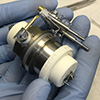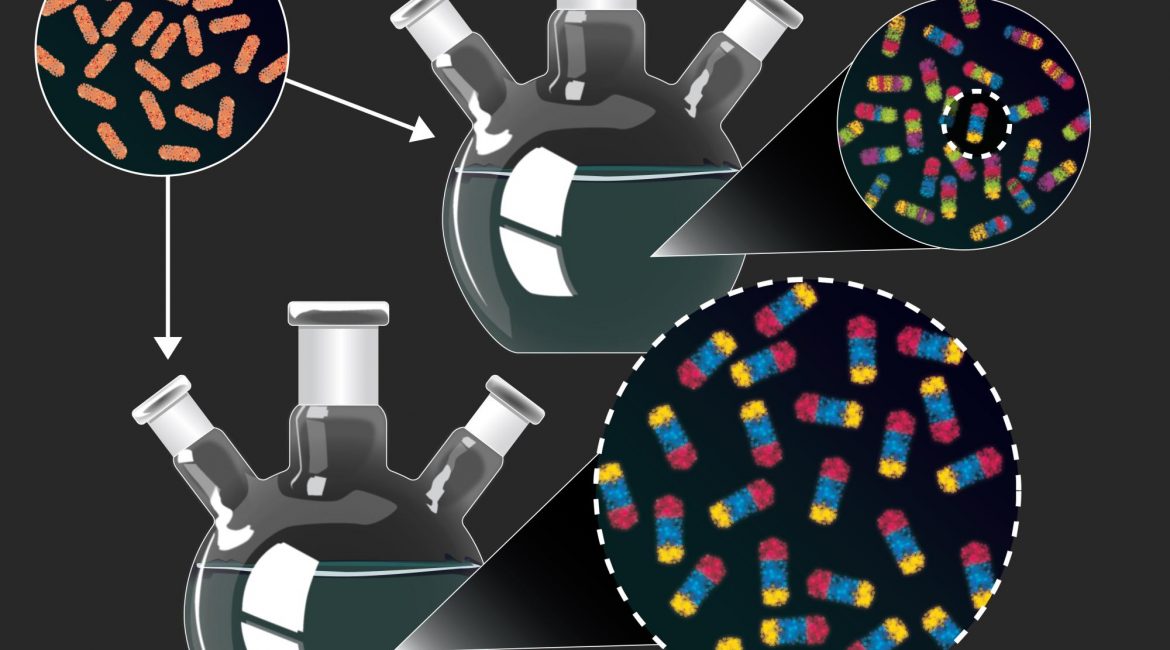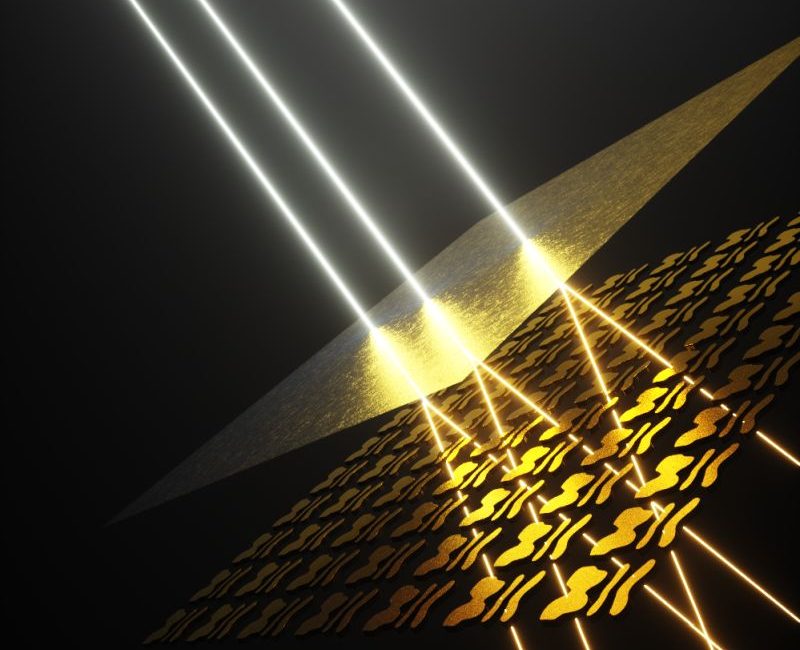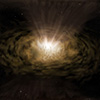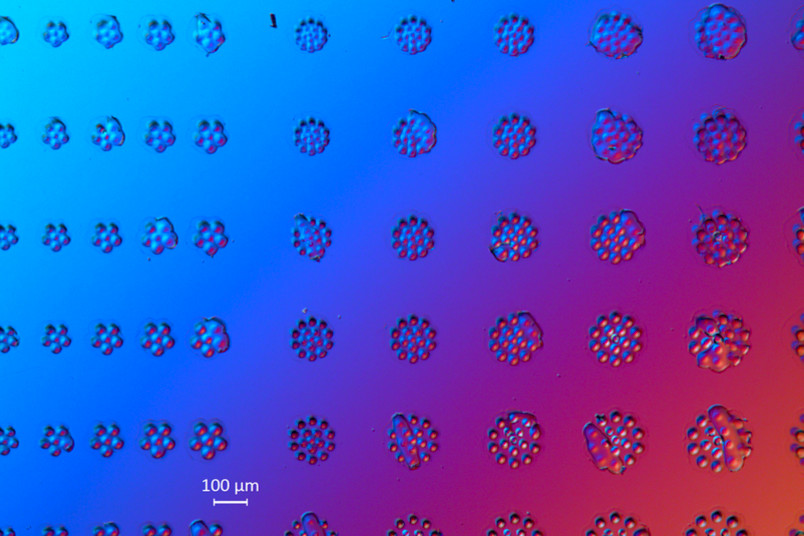Jan 16, 2023 (Nanowerk News) As space missions delve deeper into the outer solar system, the need for more compact, resource-conserving and accurate analytical tools has become increasingly critical—especially as the hunt for extraterrestrial life and habitable planets or moons continues. A University of Maryland-led team developed a new instrument...
Unconventional experiments produce new nanoscale particles with big potential
Jan 16, 2023 (Nanowerk News) Nanoparticles are complex materials smaller than 100 nanometers, or about the size of a virus, but they have a large range of potential applications, from medicine to energy to electronics. Now, hundreds of new nanoparticles with previously unknown features have been produced using an innovative...
Computers that power self-driving cars could be a huge driver of global carbon emissions
Jan 16, 2023 (Nanowerk News) In the future, the energy needed to run the powerful computers on board a global fleet of autonomous vehicles could generate as many greenhouse gas emissions as all the data centers in the world today. That is one key finding of a new study from...
ChatGPT writes convincing fake scientific abstracts that fool reviewers in study
Jan 16, 2023 (Nanowerk News) Could the new and wildly popular chatbot ChatGPT convincingly produce fake abstracts that fool scientists into thinking those studies are the real thing? That was the question worrying Northwestern Medicine physician-scientist Dr. Catherine Gao when she designed a study — collaborating with University of Chicago...
Mathematics at the speed of light
Jan 16, 2023 (Nanowerk News) Researchers at AMOLF, University of Pennsylvania, and City University of New York (CUNY) created a nanostructured surface capable of solving equations using light. This discovery opens exciting new opportunities in the field of analog processing based on optical metasurfaces. AMOLF PhD student Andrea Cordaro and...
Study finds active galactic nuclei are even more powerful than thought
Jan 16, 2023 (Nanowerk News) Powered by supermassive black holes swallowing matter in the centers of galaxies, active galactic nuclei are the most powerful compact steady sources of energy in the universe. The brightest active galactic nuclei have long been known to far outshine the combined light of the billions...
Tens of thousands of feasible catalysts on the diameter of a single hair
Jan 16, 2023 (Nanowerk News) When searching for catalysts for the energy transition, materials consisting of at least five elements are considered highly promising. But there are theoretically millions of them – how do we identify the most powerful one? A Bochum-based research team led by Professor Alfred Ludwig, head...

